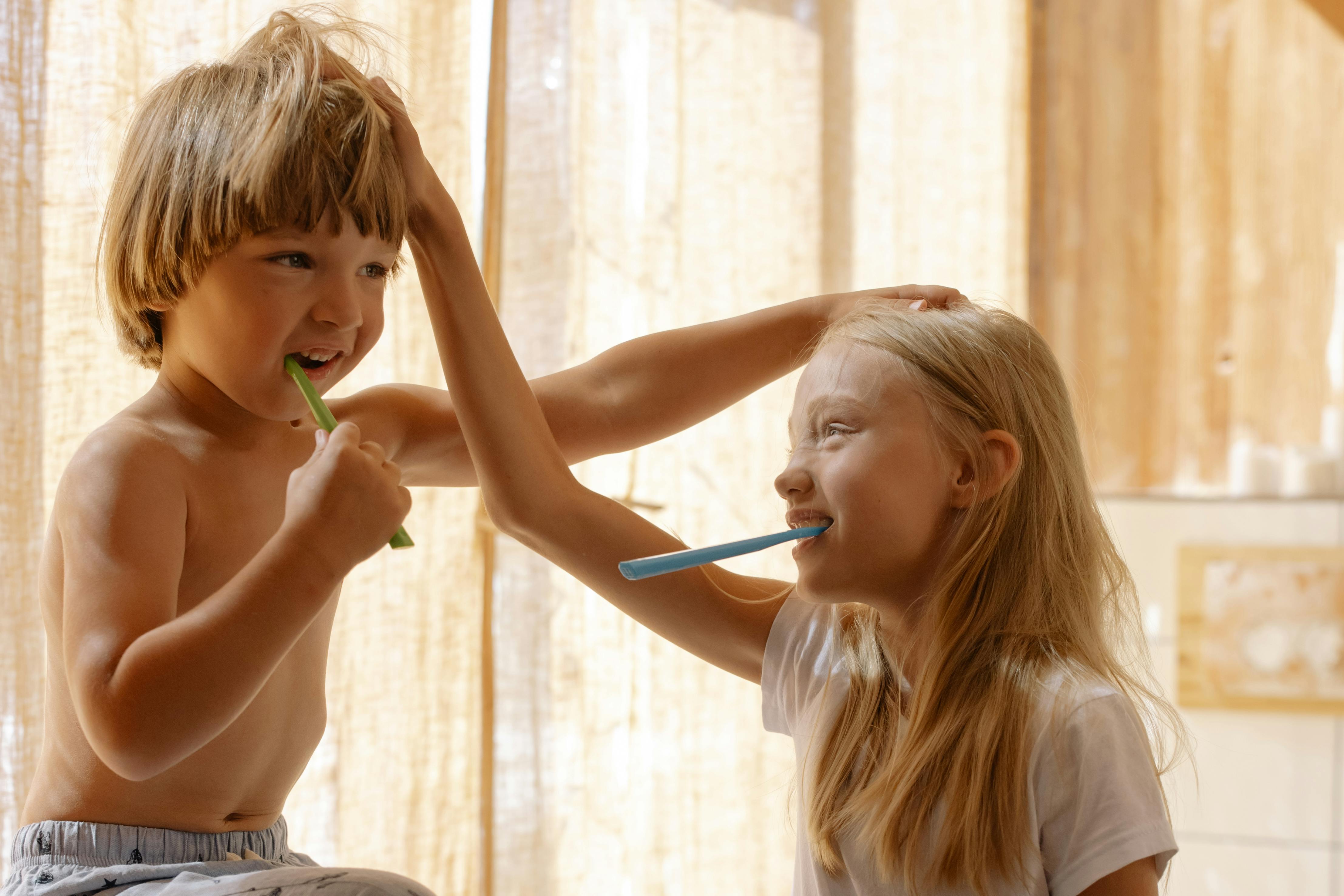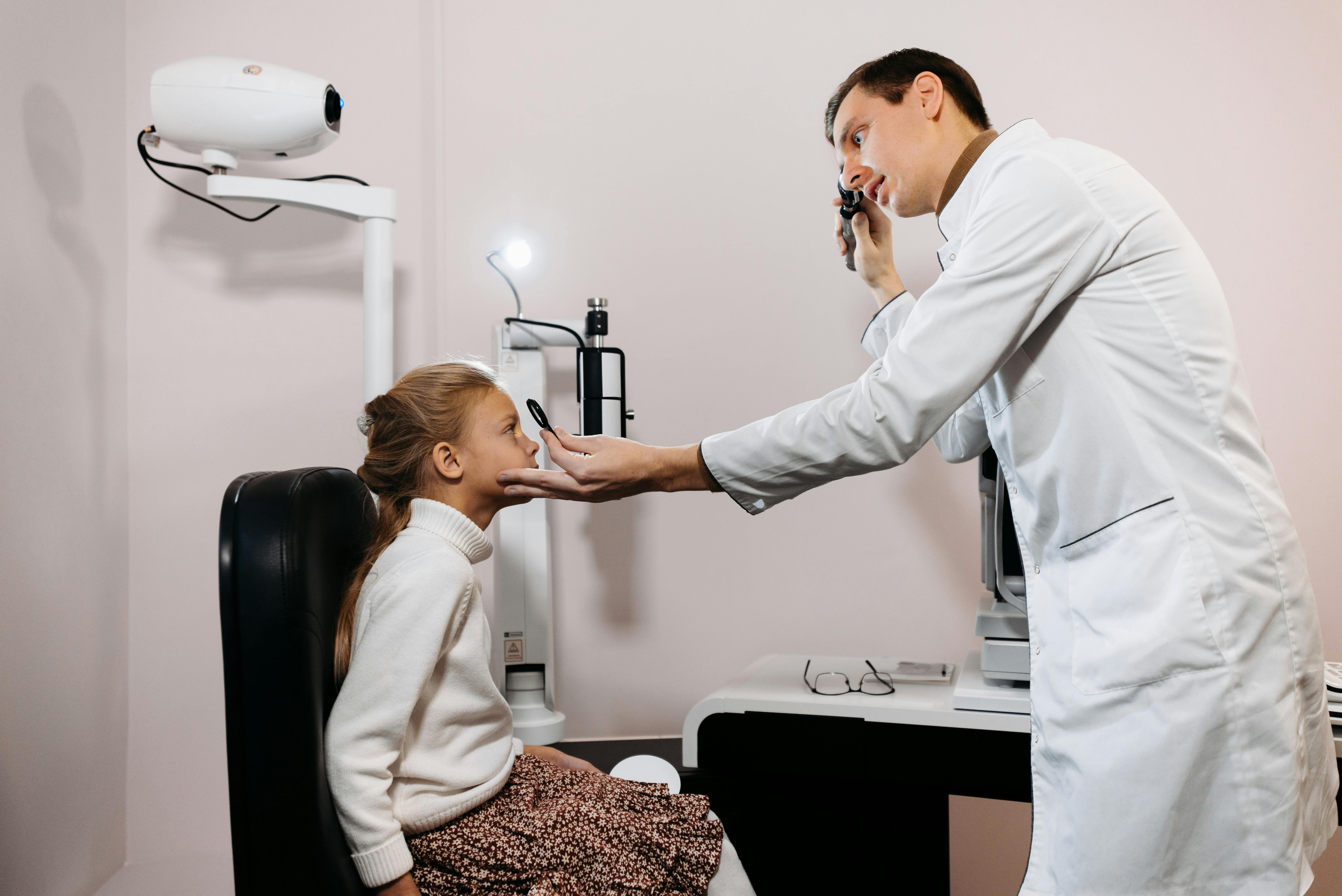This year World Sight Day on October 10 was celebrated with the theme of 'Children, love your eyes'. The theme shed light on a growing concern in pediatric eye care – how modern lifestyle is impacting the vision of children. With increased screen time and less outdoor play, children's eye health is facing unprecedented challenges. Dr Pravin Patil, Vitreo Retina Specialist at Shri Venkatesh Eye Institute says that one of the most concerning trends in recent years is the dramatic increase in childhood myopia (nearsightedness). He quotes a study that states that by 2050, nearly half of the world's population is expected to be myopic, "and children are particularly at risk."
Dr Patil says the primary culprit behind this shift is prolonged screen time."Whether it’s online learning or entertainment, children today spend extended hours focusing on close-up objects, leading to eye strain and long-term visual issues."
It is evident that traditional outdoor play, once a natural part of childhood, is becoming rarer, but it is essential for healthy eye development. "Natural sunlight, which children receive when they play outdoors, plays a crucial role in preventing myopia. Unfortunately, the shift towards indoor, screen-based activities has upset this balance, leaving many children vulnerable to visual problems," warns the doctor.
Reduce screen time with the 20-20-20 rule

While eliminating screens isn’t feasible in today’s digital world, managing how children use them is critical. For younger children, particularly those under five, limiting screen time is crucial as their visual systems are still developing. For older children, setting boundaries on screen usage helps preserve their vision.
Dr Patil suggests a simple 20-20-20 rule to reduce screen time. According to this rule, after every 20 minutes of screen use, children should look at something 20 feet away for at least 20 seconds. This practice allows the eyes to relax and prevents strain.
"Creating screen-free routines during mealtimes and before bedtime can help manage screen time effectively, while also encouraging other activities such as reading, playing, or spending time outdoors. These small adjustments can have a big impact on reducing eye strain and improving overall eye health," adds Dr Patil.
Nutrition for eye health

A healthy diet is just as important for eye health as it is for overall growth. Foods rich in vitamins A, C, and E, along with minerals like zinc and omega-3 fatty acids, play a significant role in maintaining good vision. Encouraging children to eat colourful fruits and vegetables —like carrots, spinach, and oranges — can make a substantial difference in supporting their eye health.
Omega-3-rich foods such as fish, walnuts, and flaxseeds are also beneficial, particularly for reducing the risk of dry eye syndrome. When combined with other lifestyle changes, proper nutrition can help children maintain healthy vision throughout their lives.
Hygiene habits for healthy eyes

Another often overlooked aspect of eye health is hand hygiene. Teaching children to wash their hands regularly can prevent infections like conjunctivitis (pink eye). Small hygiene habits can go a long way in protecting children’s eyes from irritations and infections.
Regular eye check-ups

One of the most effective ways to protect children’s vision is through regular eye exams. "Many vision problems, such as refractive errors, amblyopia (lazy eye), or strabismus (crossed eyes), can be detected and treated early if caught through proper screening. Unfortunately, many of these issues go unnoticed without regular check-ups," cautions Dr Patil.
Parents are encouraged to schedule eye exams early in their children’s lives to catch any potential issues before they affect their quality of life. Early detection can make a significant difference in ensuring children can see clearly and thrive both academically and socially.
Community involvement
Supporting children’s eye health is not just the responsibility of parents; schools and communities also play a vital role. Schools can promote eye care awareness, encourage outdoor play, and set guidelines for screen usage, contributing to a healthier environment for children’s vision.
It’s a shared responsibility, and small actions—like prioritizing outdoor time and scheduling routine eye check-ups—can have a lasting impact on children’s visual health.
Read More:



